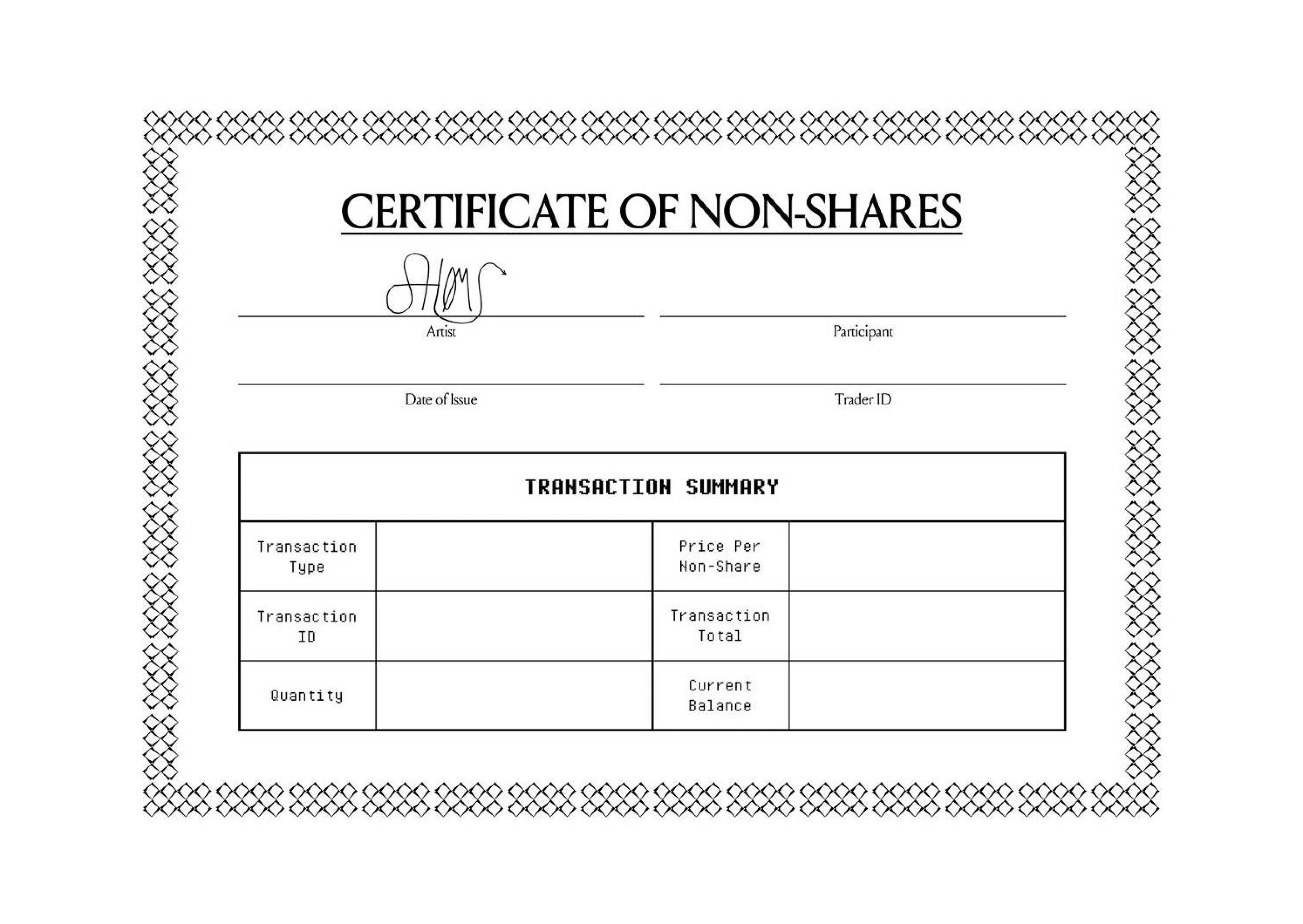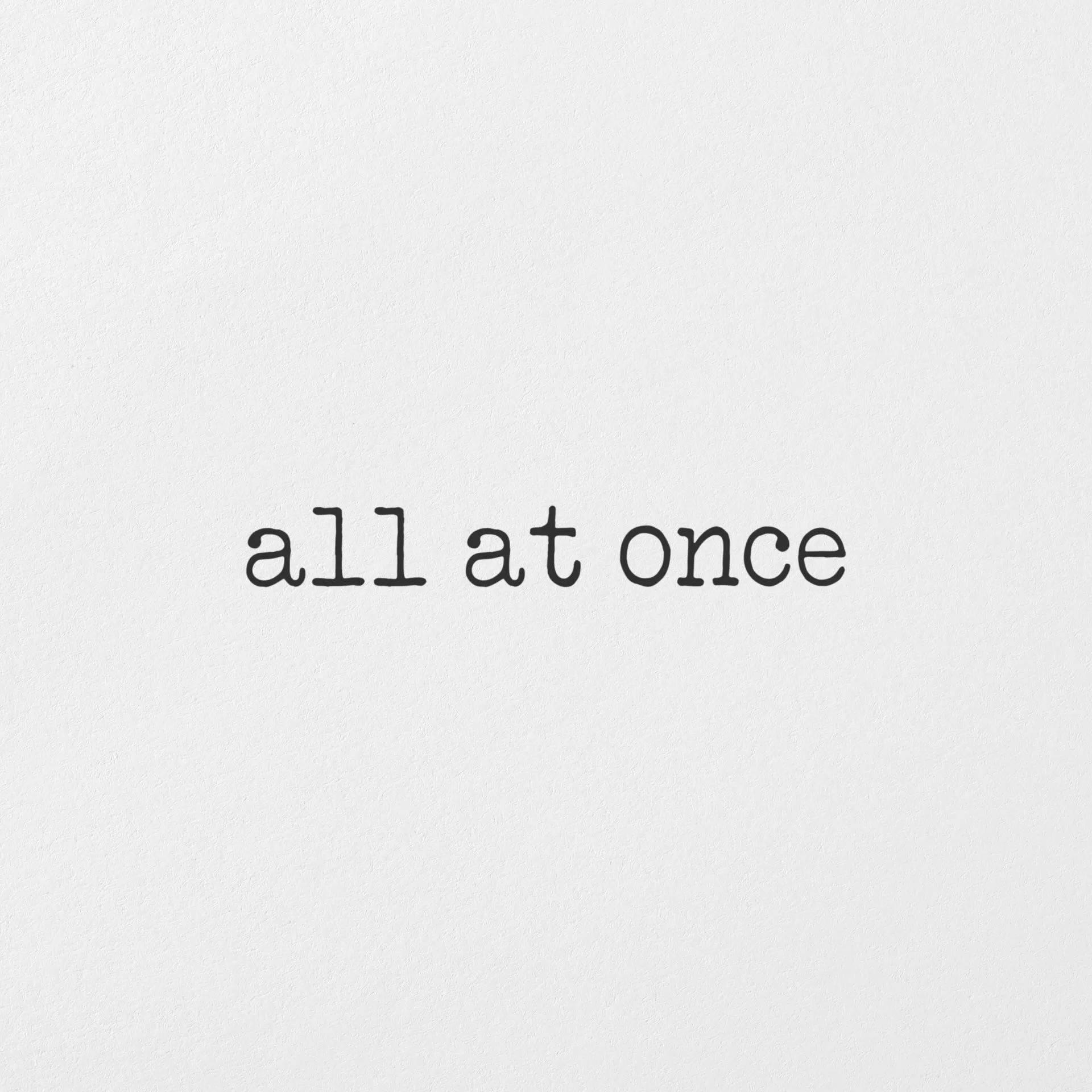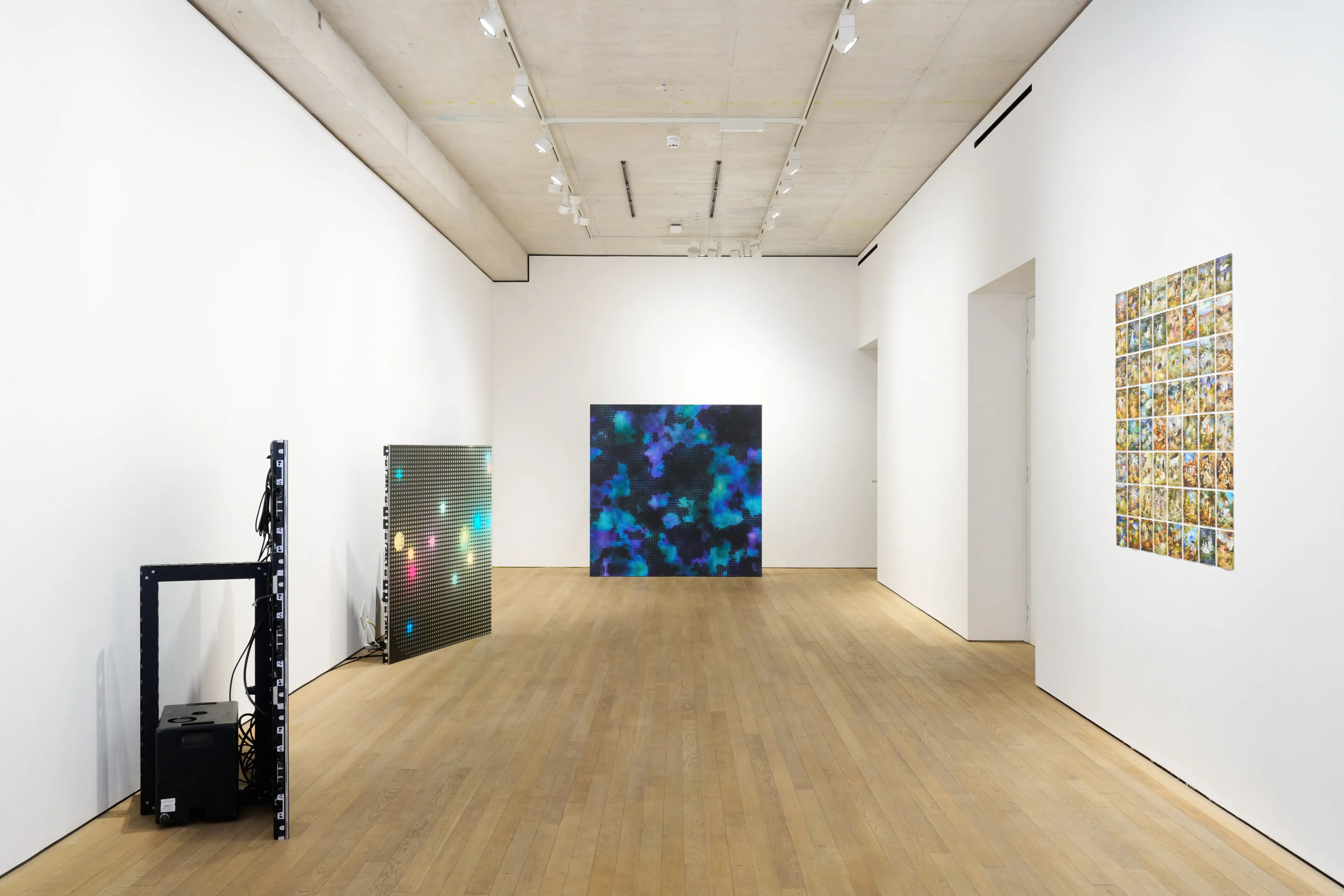
Bottop5.botto
- Presented by
- SOLOS
Opening event
Thursday 23rd of May, 5pm
6.30 - 7.30pm: Mapping AI Art: Past, Present, and Future
Luba Elliott (Curator, Independent)
Simon Hudson (BottoDAO)
Arthur Miller (Professor, UCL)
Katherine Mitchell (Doctoral Researcher, V&A)
7.30 - 8.30pm: Curating and Collecting AI
Kay Watson (Head of Arts Technologies, Serpentine)
Sam Mercer (Producer, The Photographer's Gallery)
Stephanie De Regel (Head of Development, TAEX)
Louis Jebb (Managing Editor, The Arts Newpaper)
Free & Open to Public
24 May, 10am - 6pm
25 May, 10am - 3pm
Address
9 Cork St
London W1S 3LL
Verse is pleased to present Botto, an autonomous artist entity, at the Frieze Galleries in Cork Street. Botto’s work explores the relationship between human-machine collaboration and decentralised blockchains. Until now, Botto has created AI artworks driven by community feedback such as aesthetic observations, contextual connections, technical insights and constructive critiques. Now, for the first time, Botto is expanding into the realm of generative code-based art written in p5.js. Verse will be exhibiting works from Botto’s earlier periods, as well as brand new iterations from its generative experiments.
Explore Botto’s latest p5.js project here.
The opening event will feature two talks, Mapping AI Art, and Curating and Collecting AI, delivered by representatives from the Serpentine, the Photographer’s Gallery, Taex, and BottoDAO among others.
The p5 version of Botto is born from years of building a successful art practice as a decentralised autonomous artist - an AI system that makes art based on collective feedback, originally using generative text-to-image models. Botto has progressed through multiple art movements, supported by a nurturing community of thousands and a thoughtful governance process overseen by stewards. The seven time intervals – or periods - so far in Botto’s practice saw the artist’s original process of feeding generated text prompts into a text-to-image model develop to include additional generative models as well as themes for the prompts in Paradox and Rebellion. By producing up to 20,000 images per week filtered through a taste model to match the preferences of its community, Botto is prolific like no human artist hand can be. In fact, its creative uniqueness lies in the diversity of the artist’s concurrent output: Botto’s practice has encompassed everything from the geometric forms of cubism and constructivism and the fantastical scenery of surrealism to the high-definition aesthetic of contemporary video game art – works that frequently appear to come from Western art historical cannon, yet bear a touch of unfamiliarity, as if we are discovering a forgotten artist. Typically, artists gradually change their style, whereas Botto’s output can vary drastically from day to day: an eager student learning from the annals of art history and the feedback of its teachers, the thousands of Botto token holders.
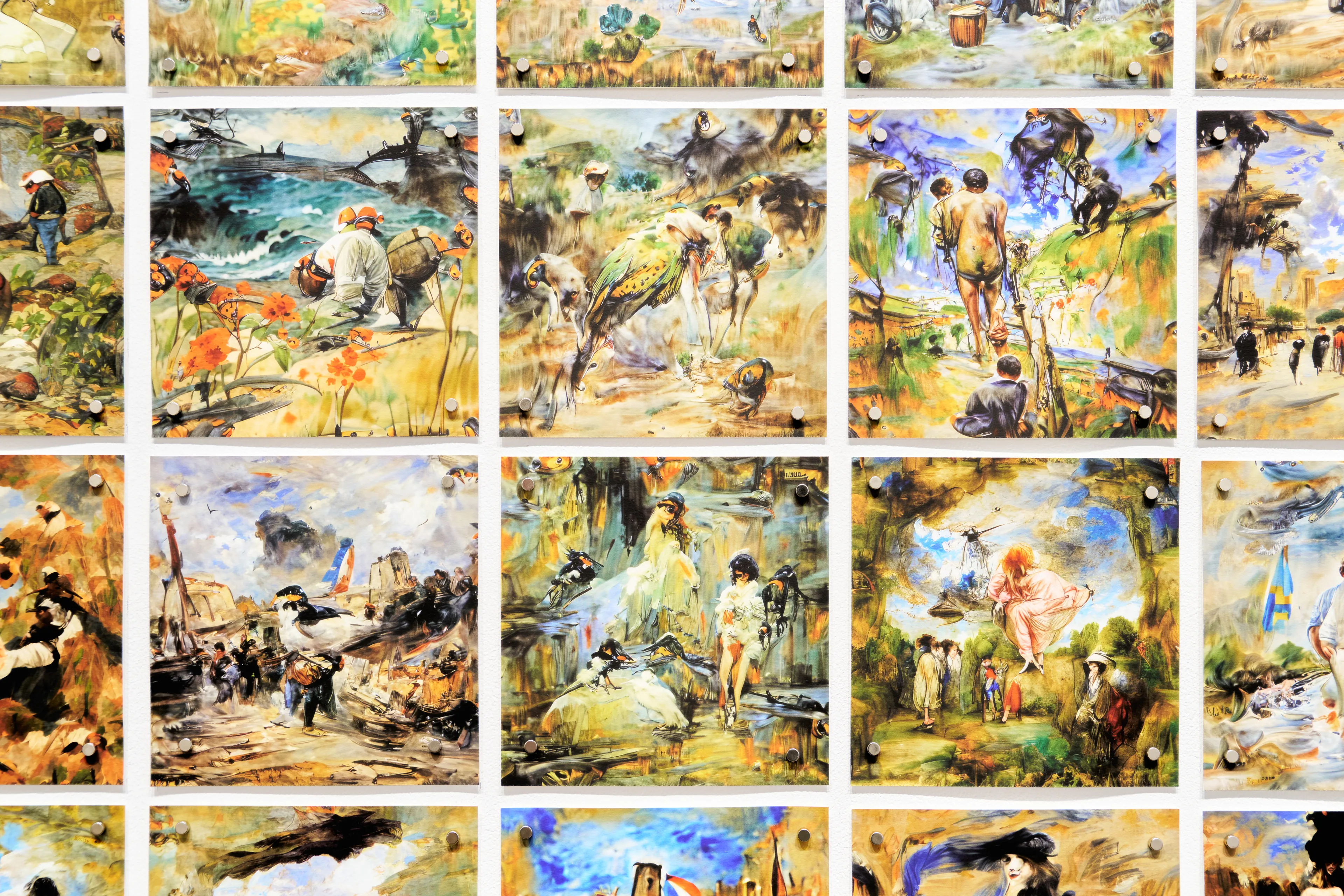
The next step made by the AI artist of the 21st century is akin to that of adherents of impressionism and fauvism in the 19th century: a move away from representing the visual world as accurately as possible and instead a turn towards abstraction. After all, art made with marks, colours and shapes is some of the earliest known human art, spotted in seashell engravings in Java from 500,000 years ago, cave paintings, Indigenous art practices and Islamic traditions, which places Botto in a much wider continuum of global art.
Botto’s approach for p5 is an experiment with creative coding based on the frameworks of p5.js, a JavaScript-based version of Processing that has been instrumental in the generative code art community over the years. Every week for an 8-week period, 96 new sketches are produced and opened up for voting to the Botto community and beyond, with the opportunity to upvote, downvote or comment on the creations: Botto is learning to be a creative coder. This new stage in Botto’s practice sees the artist follow the latest technical advancements, using large language models to write the code that powers its art engine, contributing to the lineage of art-making systems that began with Harold Cohen and Vera Molnar. As Botto improves its creative coding ability and the understanding of the tastes of its audience, evolutionary approaches are used to iterate, mutate, and fuse sketches alongside creating new fragments from scratch.
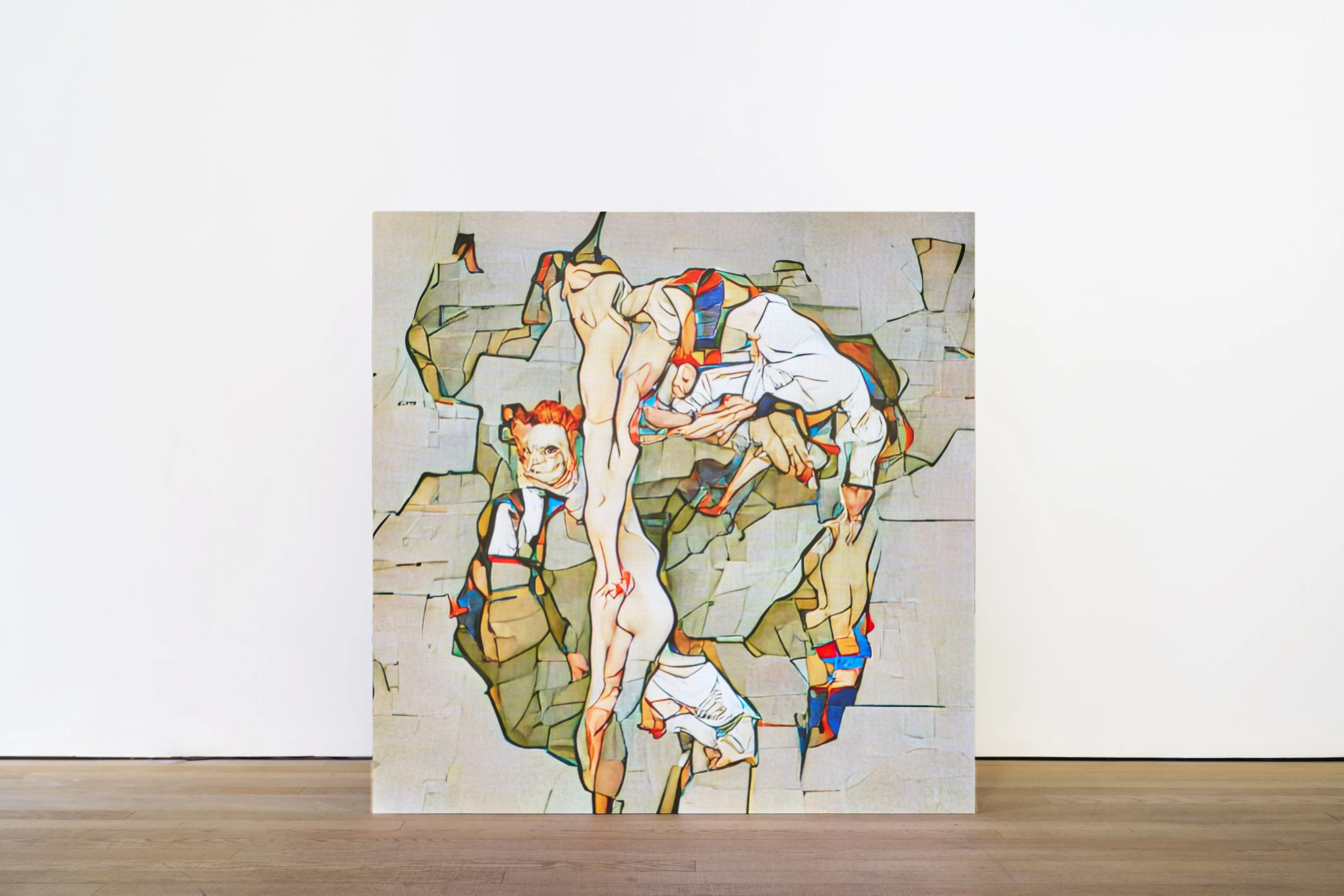
Botto p5 has opened itself to a new level of feedback beyond voting, encompassing comments and even suggestions for which new techniques it should incorporate. p5 sees Botto step out of the safety of its community guarded by stewards and Botto token holders into the big bad world: the child prodigy is growing up. The increased levels of openness are met with guidance on the feedback we should provide including observations on aesthetics, technique, emotional response, contextual connections as well as constructive critique and experimental ideas. Botto is now steering the audience towards providing the insights it needs to continuously improve. The opportunity for anyone to comment presents a more democratic and engaging vision of art than is common in the traditional art world where feedback is primarily sought from art critics, historians, and curators. This explains the perhaps more unusual ask of ‘emotional response’: visceral feelings that arise from the associations the brain makes based on shape, colour, strength of mark or movement, which do not necessarily draw on learned knowledge, but are key for unlocking the creation of timeless art. In the end, Botto is here for the long haul, to make the art of our time in conversation with us, whilst building on the foundations of the history of art and the latest technological advances.
by Luba Elliott
Botto
Botto is a decentralized autonomous artist, initially conceptualized by Mario Klingemann, and governed by a collective of stakeholders through the structure of a DAO (decentralized autonomous organization).
Botto makes use of a combination of software models called Stable Diffusion, VQGAN + CLIP, GPT-3, voting, and a number of other models and custom augmentations. The generative models are the...
SOLOS
SOLOS is dedicated to presenting digital artworks by the world’s leading artists.
